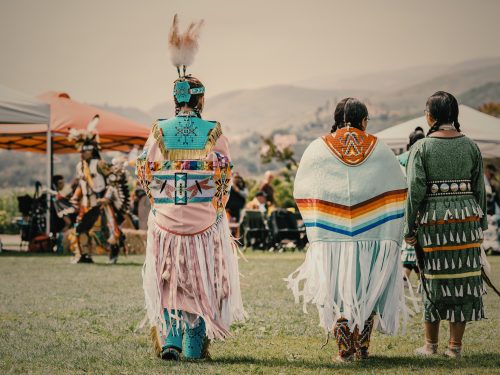
As the cold grip of winter loosens its hold and the earth begins to awaken, cultures around the world mark this transition with celebrations of renewal and new beginnings. For the Anishinaabe people, an indigenous group with a rich cultural heritage spanning across what is now known as Canada and the United States, the arrival of spring holds profound significance. It not only signals the end of winter but also marks the beginning of a new year, known as the Anishinaabe New Year.
What makes the Anishinaabe New Year truly unique is its alignment with the full moon during the maple sugar season. This convergence of celestial events adds a layer of spiritual significance to the festivities, connecting the cycles of nature with the traditions and customs of the Anishinaabe people.
Maple Sugar Season: A Time of Abundance
In Anishinaabe culture, maple sugar holds a special place as a sacred and nourishing gift from the earth. The maple sugar season typically begins in late winter or early spring when temperatures fluctuate above freezing during the day and below freezing at night. It is during this time that the sap begins to flow within the maple trees, signaling the start of the sugaring season.
For generations, the Anishinaabe people have practiced the art of harvesting maple sap and transforming it into maple sugar, syrup, and other traditional delicacies. This process, known as sugaring-off, is not only a practical means of obtaining sustenance but also a deeply spiritual practice that fosters a connection with the land and its rhythms.
The Significance of the Full Moon
The full moon holds great significance in many indigenous cultures, symbolizing a time of heightened spiritual energy and illumination. In the context of the Anishinaabe New Year, the full moon during the maple sugar season serves as a beacon of light guiding the community towards renewal and growth.
During this auspicious time, ceremonies, feasts, and gatherings are held to honor the earth’s bounty and express gratitude for the blessings of nature. It is a time for reflection, reconciliation, and renewal of kinship ties, as families and communities come together to celebrate their shared heritage and envision a prosperous future.
Celebrating Tradition in the Modern World
In today’s fast-paced world, it is all too easy to lose sight of the ancient traditions and cultural practices that have sustained indigenous communities for centuries. However, the Anishinaabe New Year serves as a powerful reminder of the resilience and strength of indigenous cultures in the face of adversity.
As we celebrate the arrival of spring and the Anishinaabe New Year, let us take this opportunity to learn from the wisdom of indigenous peoples and deepen our connection to the natural world. By honoring and preserving traditional practices such as sugaring-off and celebrating the cycles of nature, we can forge a brighter and more sustainable future for generations to come.
Conclusion
In the Anishinaabe worldview, the arrival of spring is not merely a seasonal transition but a profound spiritual and cultural event. By recognizing and honoring the Anishinaabe New Year and its alignment with the full moon during the maple sugar season, we can gain a deeper appreciation for the interconnectedness of all life and the importance of living in harmony with nature. As we embark on this journey of renewal and growth, may we carry the wisdom of indigenous traditions in our hearts and strive to create a more just and sustainable world for future generations.










